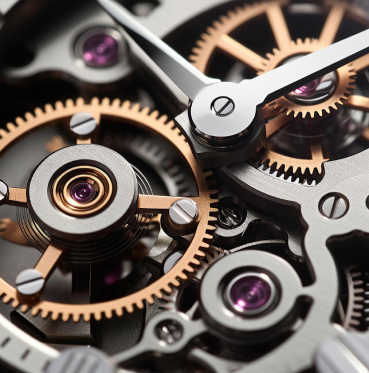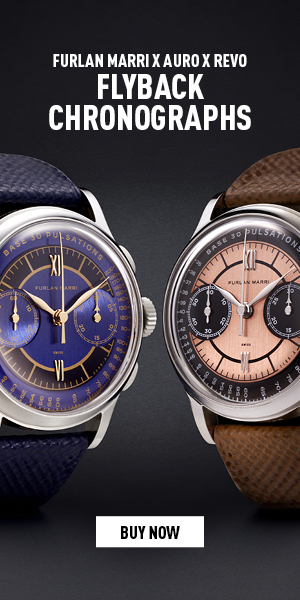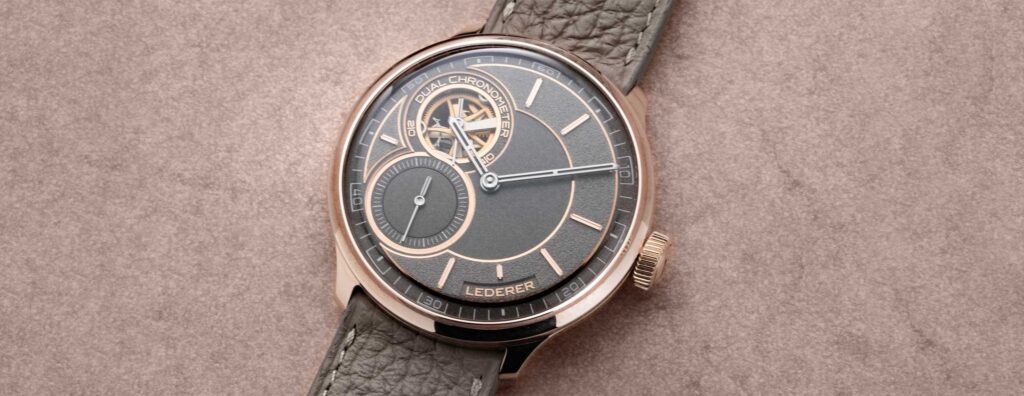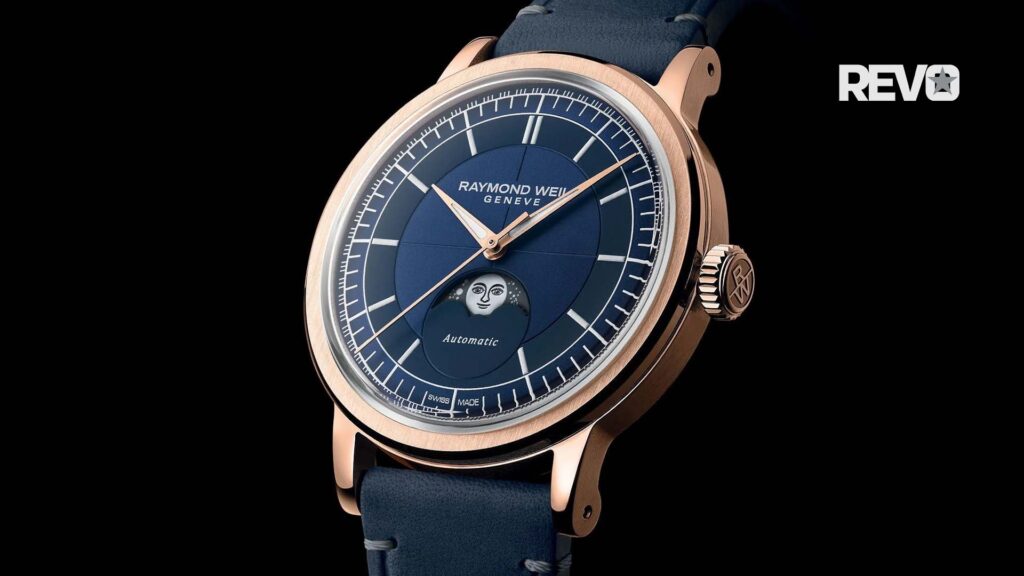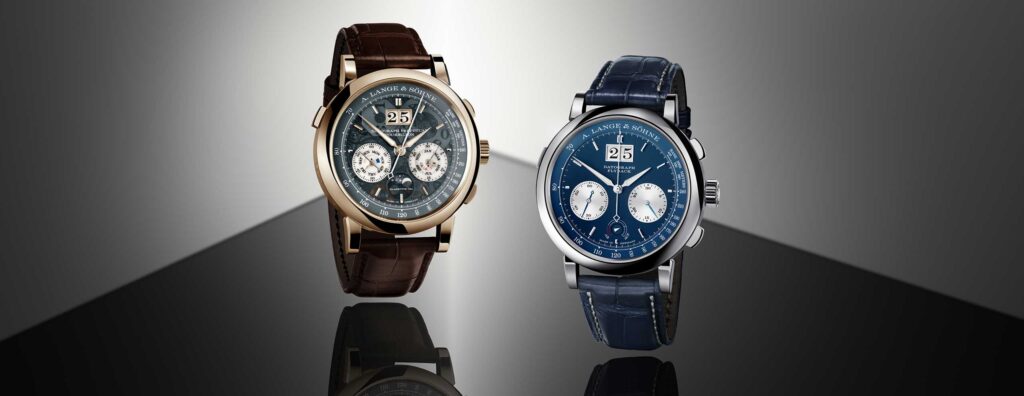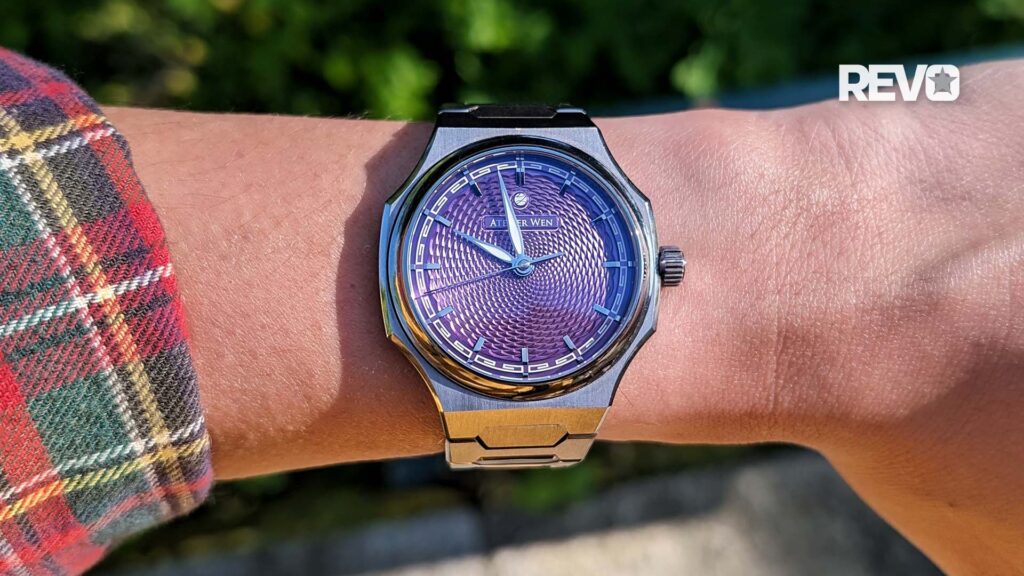News
Introducing the Speedmaster Apollo 11 50th Anniversary Limited Edition
News
Introducing the Speedmaster Apollo 11 50th Anniversary Limited Edition
Journey to the Moon
It is impossible to overstate the extraordinary achievements of the National Aeronautics and Space Administration (NASA) and the astronauts Neil Armstrong and Buzz Aldrin when on July 21st, in the year of
our Lord 1969, at O-two-hundred- and-fifty-six Universal Time, they set foot on the surface of the Moon, fulfilling a promise made by John F. Kennedy a mere eight years before.
To place this in context, that same year the Concord’s first test flight was considered a technical revolution. Flashback a decade before to 1957 and witness America scrambling at the terrifying news that the Soviet Union had launched Sputnik 1 and thus claimed dominion over the heavens.
On the wrists of these amazing astronauts were their trusted watches: the fabled Omega Speedmaster.
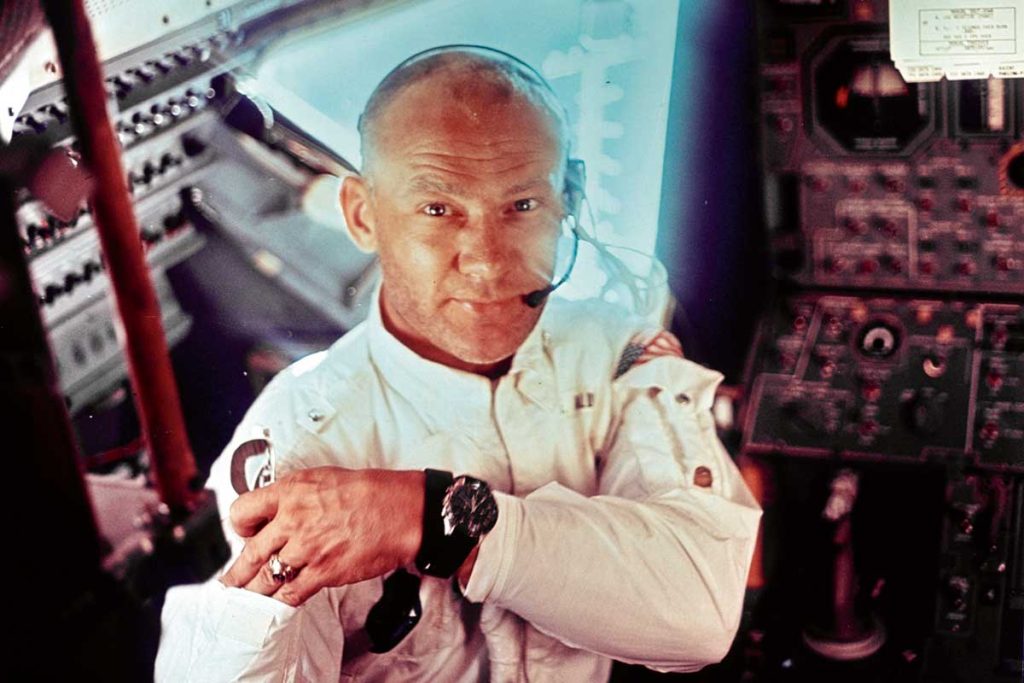
AS11-36-5390 (20 July 1969) --- This interior view of the Apollo 11 Lunar Module (LM) shows astronaut Edwin E. Aldrin Jr., lunar module pilot, during the lunar landing mission. This picture was taken by astronaut Neil A. Armstrong, commander. While astronauts Armstrong and Aldrin descended in the LM "Eagle" to explore the Sea of Tranquility region of the moon, astronaut Michael Collins, command module pilot, remained with the Command and Service Module (CSM) "Columbia" in lunar orbit. In this photo we can clearly see the Speedmaster ref. ST 105.012 on his wrist. (Image: spaceflight.nasa.gov)
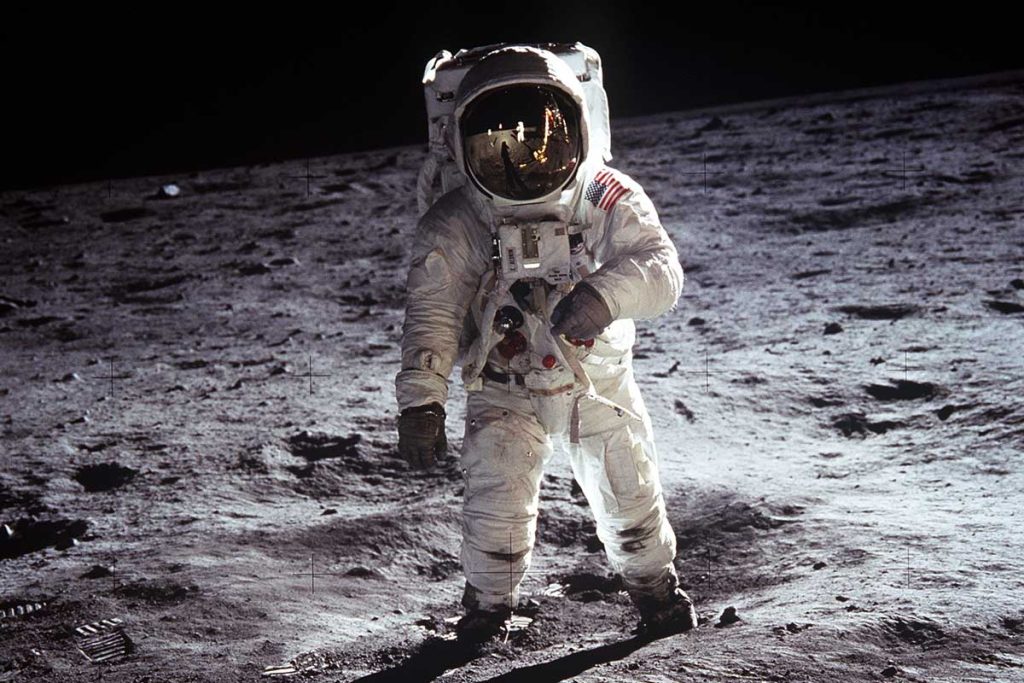
AS11-40-5903 (20 July 1969) --- Astronaut Edwin E. Aldrin Jr., lunar module pilot, walks on the surface of the moon near the leg of the Lunar Module (LM) "Eagle" during the Apollo 11 extravehicular activity (EVA). On his wrist is the Omega Speedmater ST 105.012. Astronaut Neil A. Armstrong, commander, took this photograph with a 70mm lunar surface camera. While astronauts Armstrong and Aldrin descended in the Lunar Module (LM) "Eagle" to explore the Sea of Tranquility region of the moon, astronaut Michael Collins, command module pilot, remained with the Command and Service Module (CSM) "Columbia" in lunar orbit. (Image: spaceflight.nasa.gov)
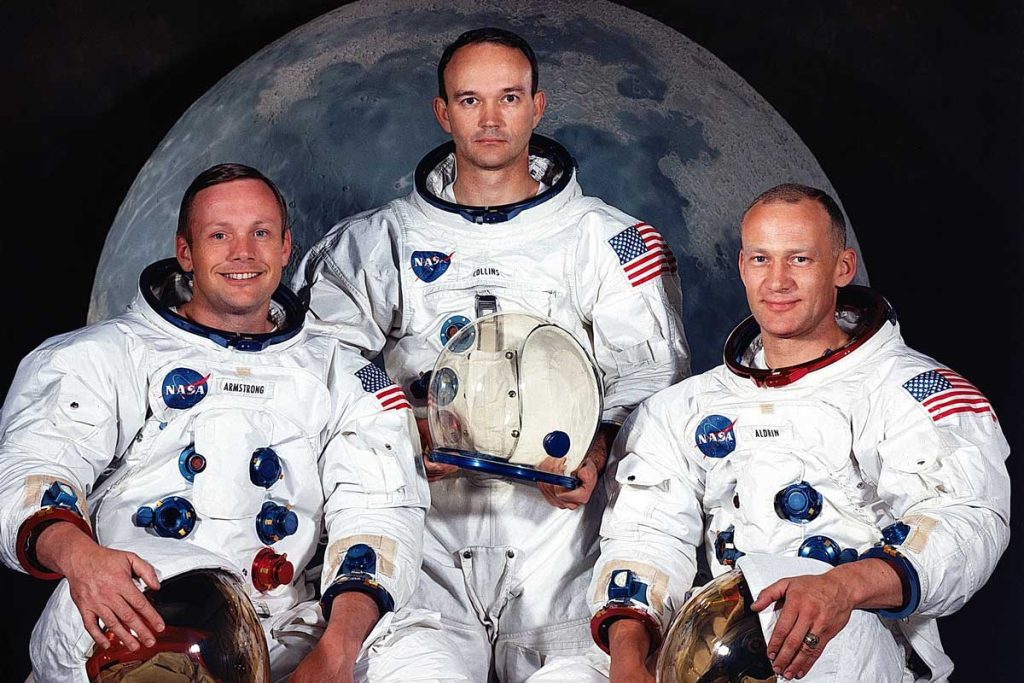
S69-31740 (May 1969) --- The National Aeronautics and Space Administration (NASA) has named these three astronauts as the prime crew of the Apollo 11 lunar landing mission. Left to right, are Neil A. Armstrong, commander; Michael Collins, command module pilot; and Edwin E. Aldrin Jr., lunar module pilot. For their mission, Armstrong and Aldrin wore the Speedmaster ST 105.012 and Collins wore the ST 145.012 (Image: spaceflight.nasa.gov)
The 1969 Yellow Gold Omega Speedmaster BA 145.022
In 1969, at a dinner that took place in Houston, Texas on November 25th, Omega presented NASA’s astronauts with a very special token to celebrate the profound courage of these men. The watch, housed inside a very special box that replicated the cratered surface of the Moon, was something that Omega had never created before: the brand’s first gold Speedmaster and also its first numbered series.
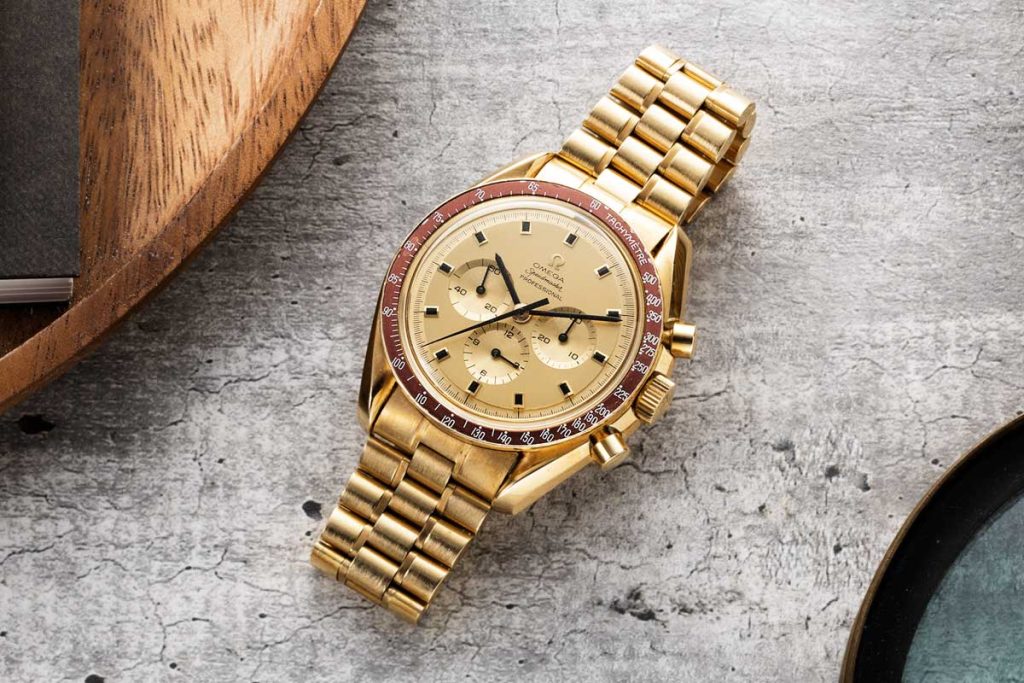
1969 Yellow Gold Omega Speedmaster Tribute to Apollo XI Reference BA 145.022 (© Revolution)
Of the watches made the first two were allocated as gifts to Richard Nixon and Spiro Agnew, who were both compelled to turn them down due to their rather substantial value, a mistake the estates of both men probably regret today.
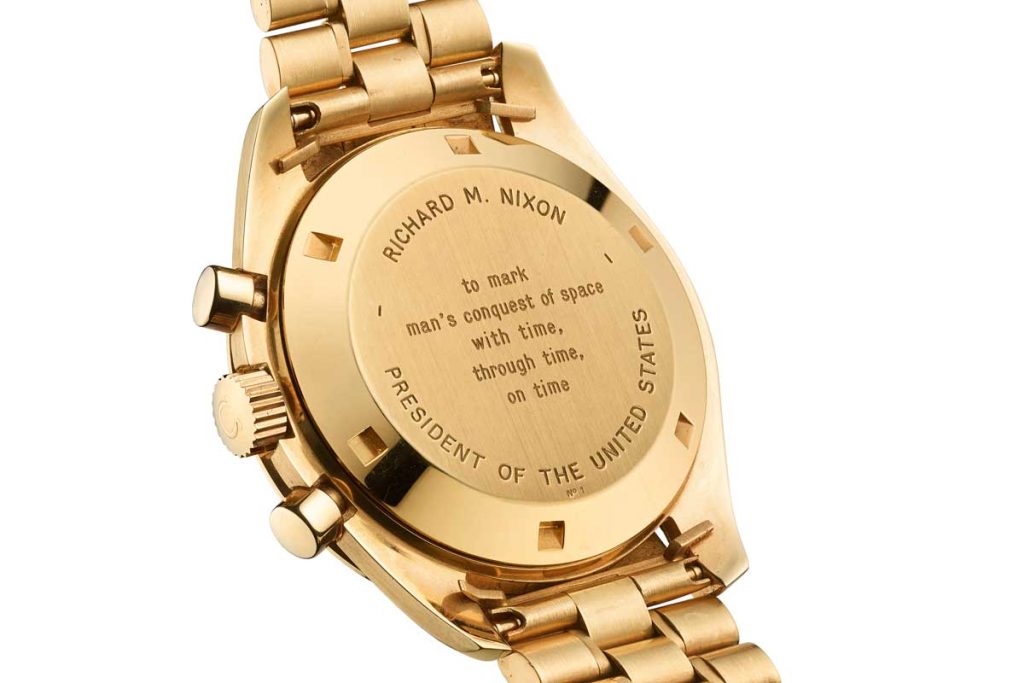
Number 1 of 1014, the Omega 145.022 that was intended for President Richard Nixon
Indeed, the faithfulness with which Omega has adhered to the iconic blue print of the 145.022 is certainly one of the reasons that a vintage-crazy new generation has become obsessed, because the modern watch is in essence the same watch as the original from 1969.
It is the same case, the same dial (with a change in luminescent material) and the same calibre 861 movement, the cam-operated successor to the legendary column wheel calibre 321.
But with the gold version of this watch, Omega pulled out all of the stops. First the case of the watch is a massive hulking hunk of solid yellow gold. The dial, which is unique in Omega lore, features the letters “OM” on either side of the “Swiss Made” hallmark which represents the words “Or Massif” or solid gold in English.
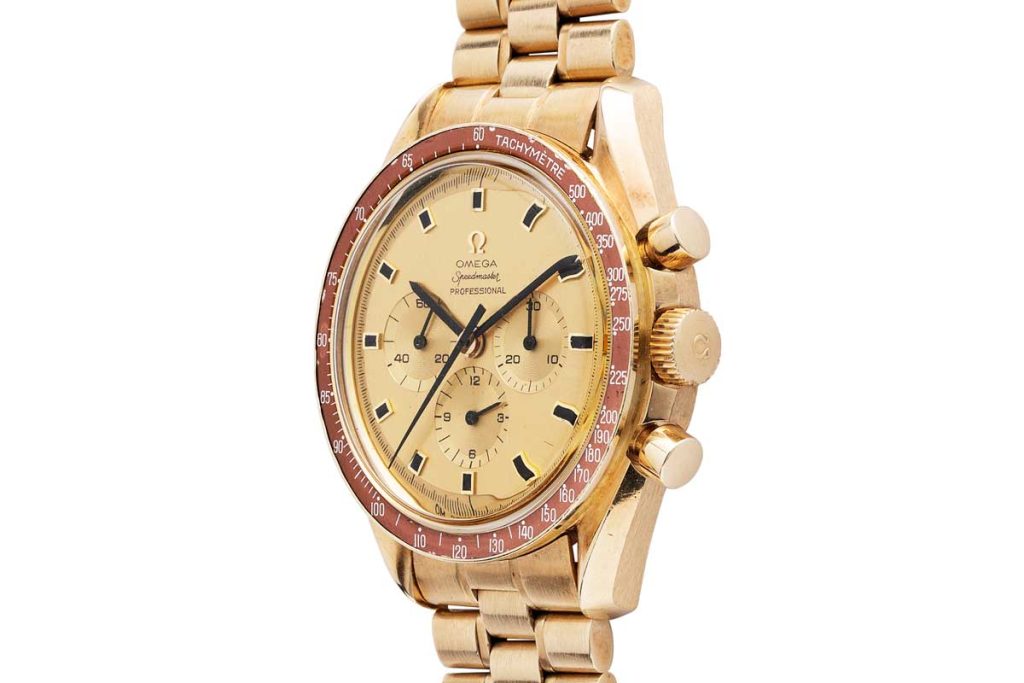
1969 Yellow Gold Omega Speedmaster Tribute to Apollo XI Reference BA 145.022 (© Revolution)
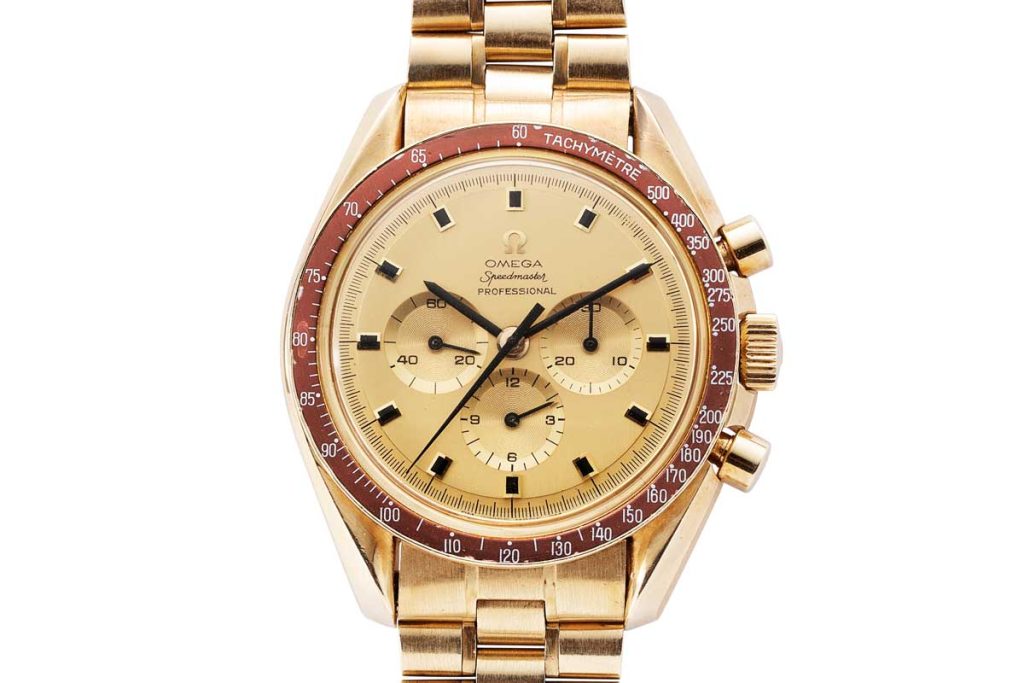
1969 Yellow Gold Omega Speedmaster Tribute to Apollo XI Reference BA 145.022 (© Revolution)
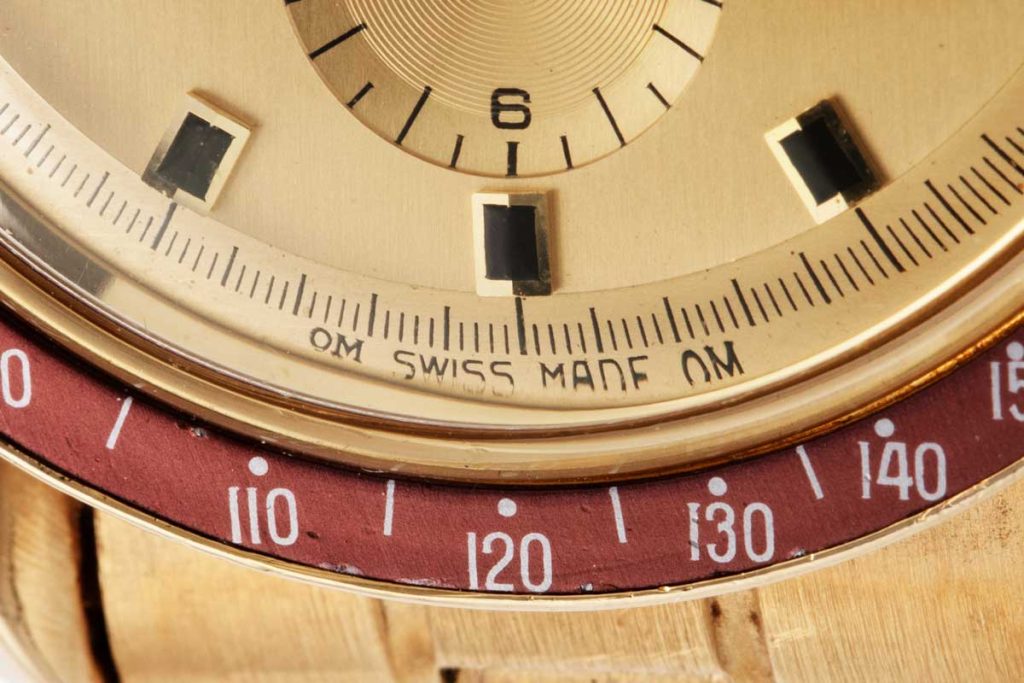
"OM" or, "Or Massif" in abbreviated form on the bottom of the 1969 Yellow Gold Omega Speedmaster Tribute to Apollo XI Reference BA 145.022 (© Revolution)
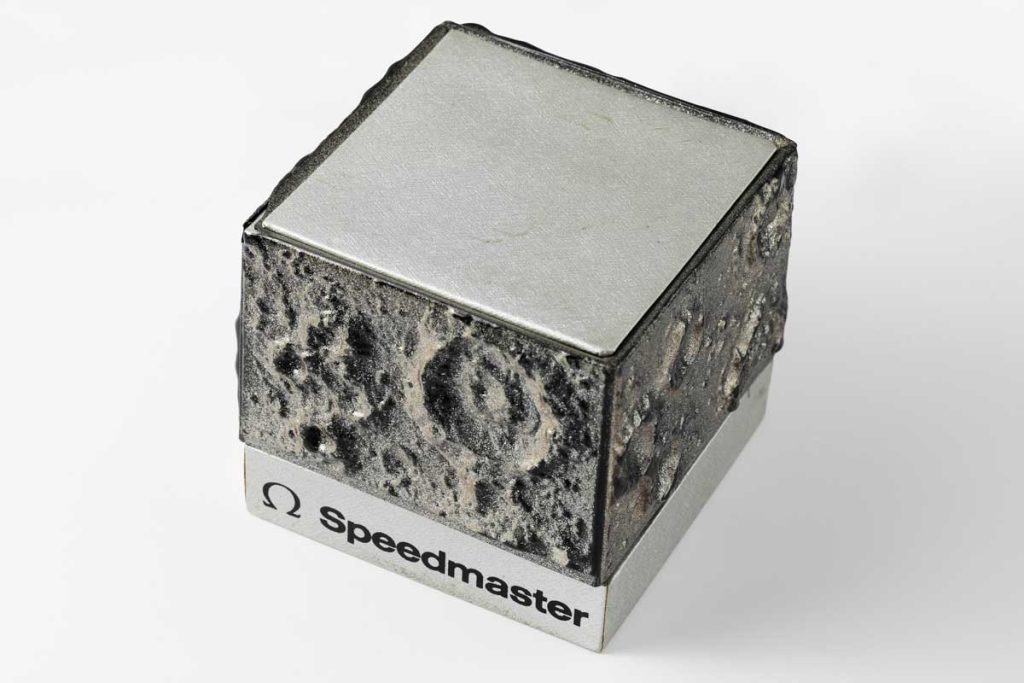
The box that the 1969 Yellow Gold Omega Speedmaster Tribute to Apollo XI Reference BA 145.022 came in (© Revolution)
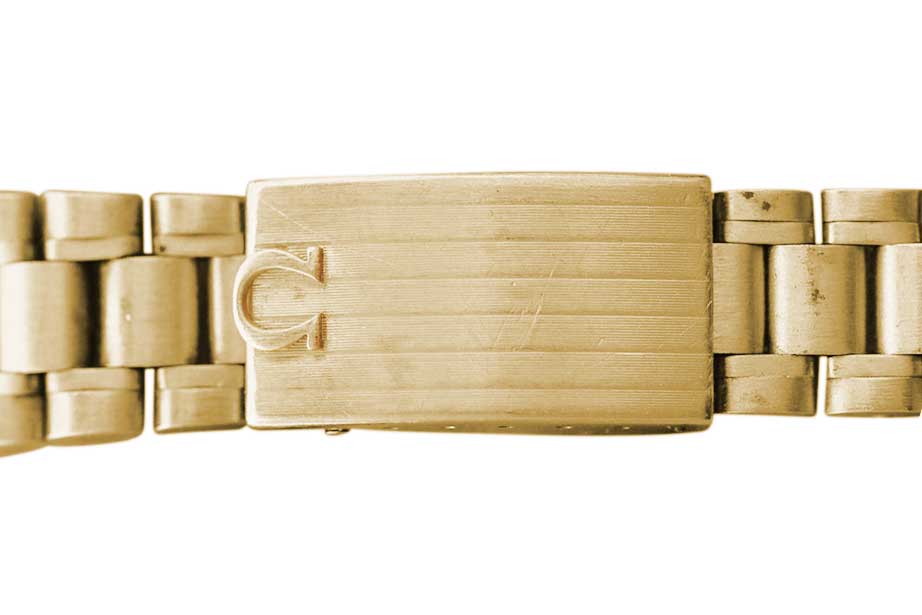
The 1969 BA 145.022's deployant clasp characterised by stripes running along its length
As mentioned, watches ‘1’ and ‘2’ were destined for, but declined by the now infamous White House habitués. ‘3’ through to ‘29’ were given to NASA’s astronauts, including Alan Shepard (number 3), Wally Schirra (number 8) and Neil Armstrong (number 17).
‘29’ to ‘32’ were given to Swiss politicians and watch industry leaders, ‘33’ to ‘1,000’ were put on sale for the public, ‘1,001’ to ‘1,008’ were presented in ’72 and ’73 to astronauts who had yet to complete their missions back in ’69. ‘1,009’ to ‘1,014’ were given to “personalities”, though I’m not entirely certain what that means.
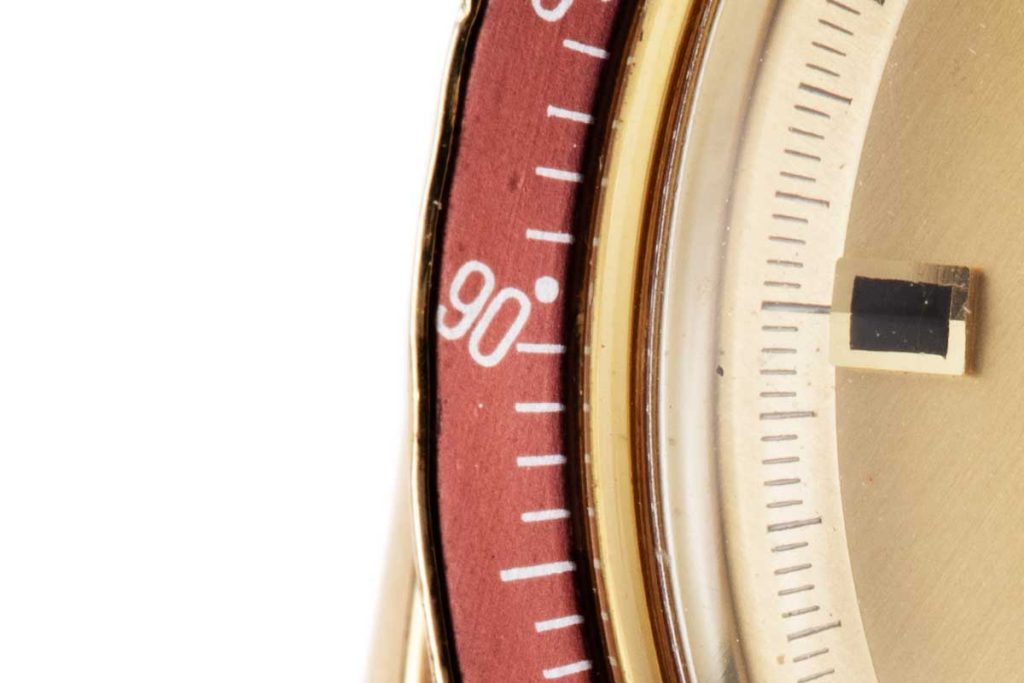
The “DON” or Dot over Ninety configuration on the burgundy bezel insert of the BA 145.022 (© Revolution)
Casebacks have four different types of engraving. All watches given to astronauts as well as watches ‘1’ and ‘2’ feature the owner’s name along with the words, “to mark man’s conquest of space with time, through time, on time.” The engraving on these watches were filled with burgundy paint.
Watches offered to civilians featured three different caseback engravings. The first generation casebacks had thin engraving, second generations had thick engraving and the third had thick engraving filled with burgundy paint.
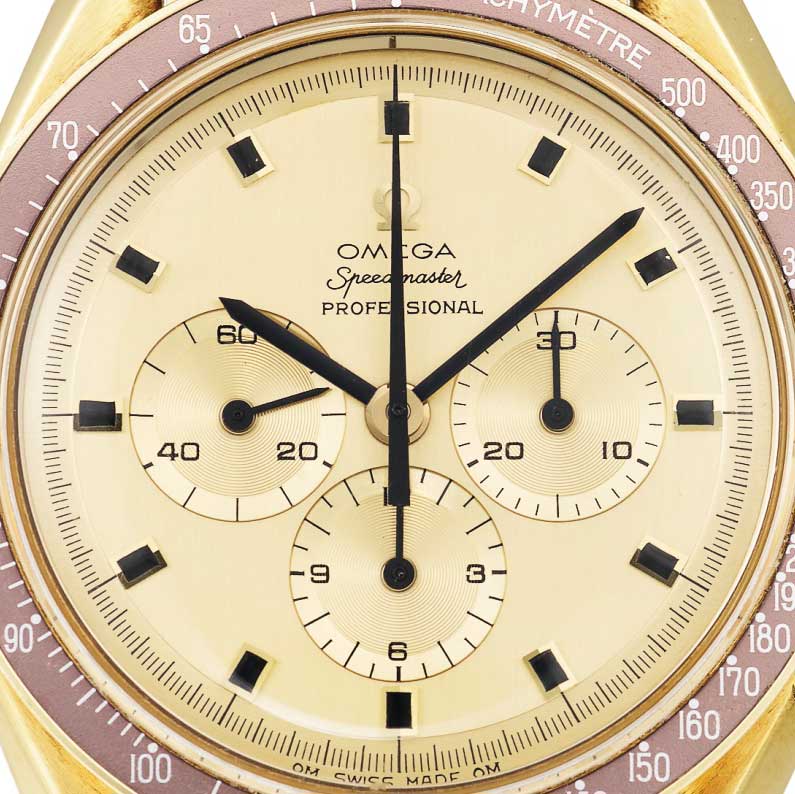
The Speedmaster BA 145.022 with an oval "O" in the Omega inscription (Image: sothebys.com)
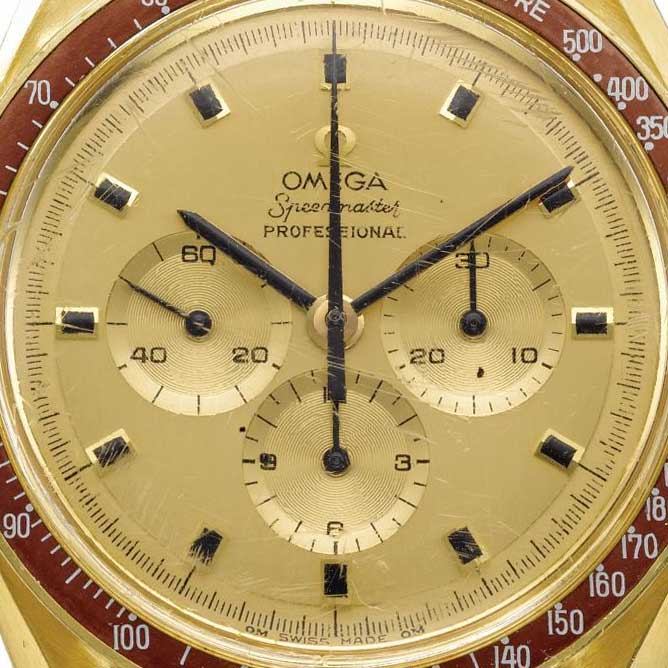
The Speedmaster BA 145.022 with a round "O" in the Omega inscription (Image: sothebys.com)
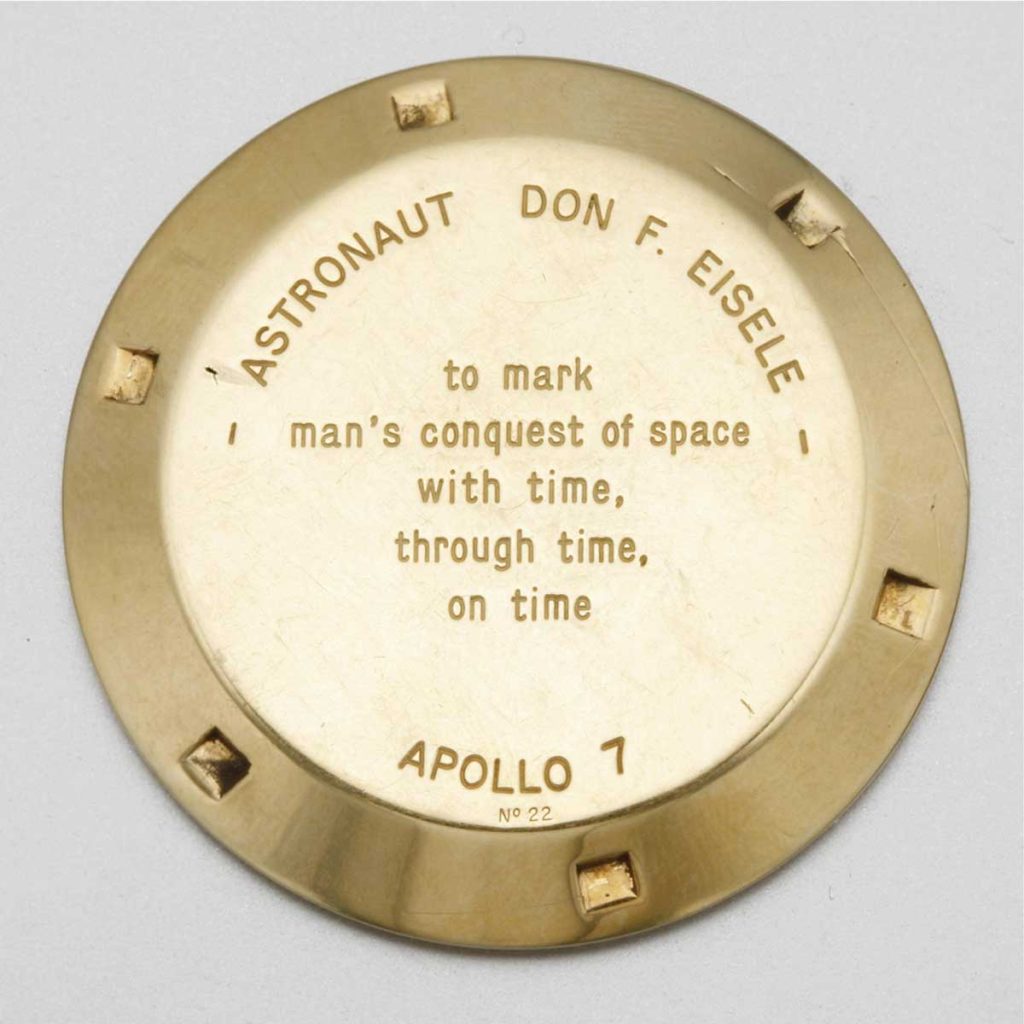
The examples of the Speedmaster BA 145.022 that were gifted to relevant individuals, were inscribed with the lines, "to mark man's conquest of space with time, through time, on time" (Image: sothebys.com)
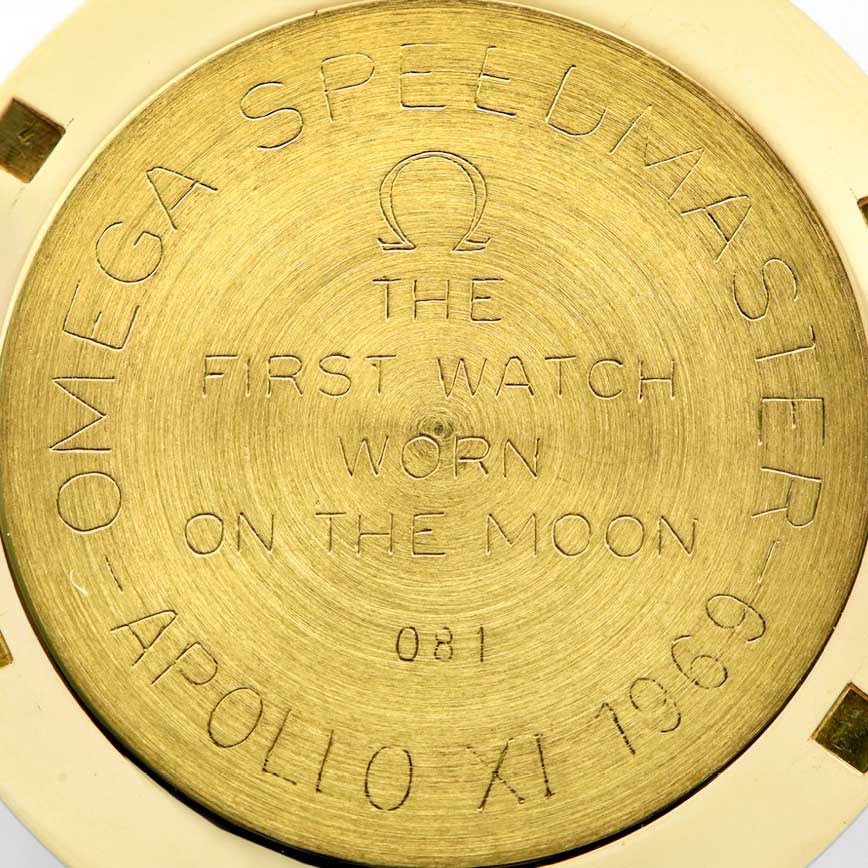
The examples of the Speedmaster BA 145.022 that were intended to be sold to the public had the inscription, "The First Watch Worn On the Moon" followed by the number it was out of 1014 made (Image: antiquorum.swiss)
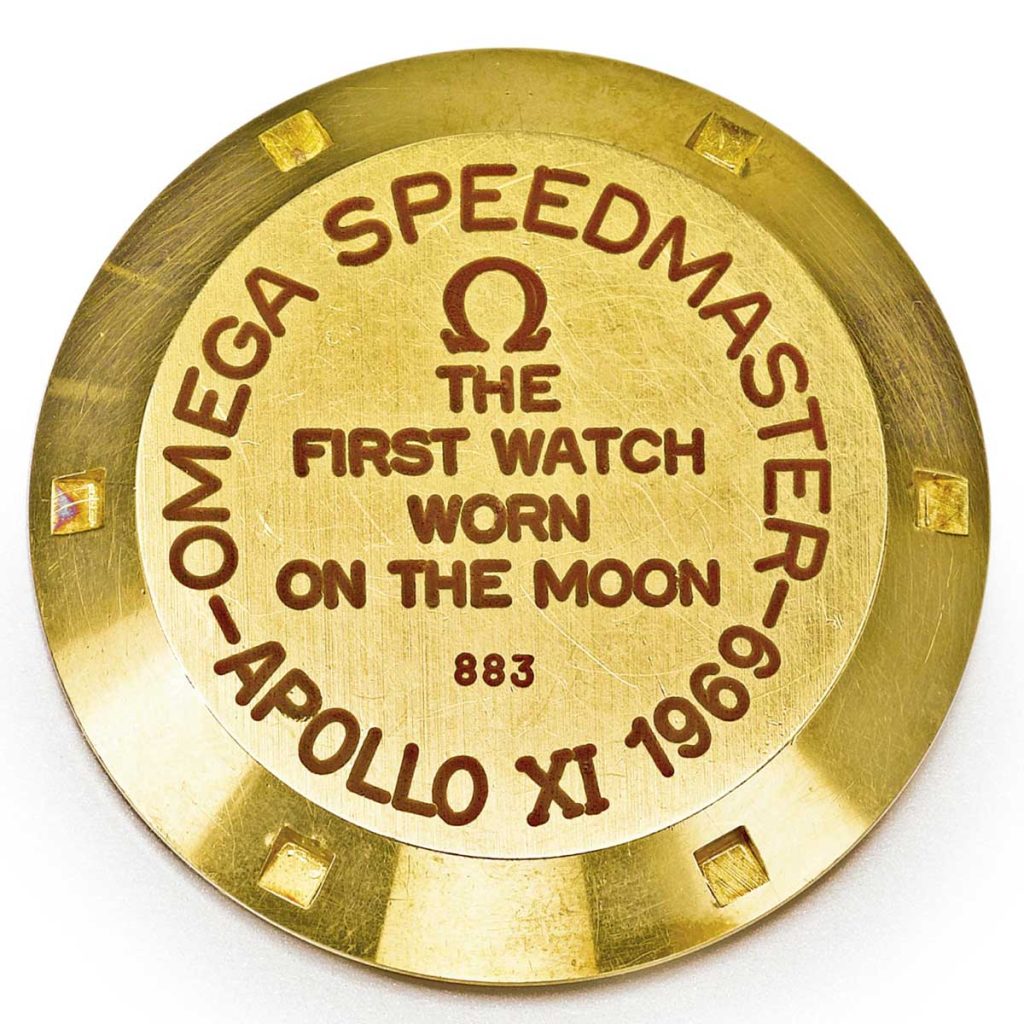
The examples of the Speedmaster BA 145.022 that were intended to be sold to the public, in some instances, had the inscription, "The First Watch Worn On the Moon" in red lacquer filled writing, followed by the number it was out of 1014 made (Image: sothebys.com)
Marking the 50th, or Golden, Anniversary of the Apollo 11 Lunar Landing
Fast forward to the present day and the year is 2019, marking the 50th or golden jubilee of the Moon landing and I am revelling in all these details when the train I’m on, destined for Omega’s headquarters in Bienne, comes to a sudden halt. Which is disconcerting because like the inevitable pull of gravity, you always imagine the Swiss rail system to run with plodding consistency.
I can tell you now it does not. Not one to waste time I grab my bags and hustle my crew and their equipment into two taxis to embark on what I will remember as the most expensive taxi ride of my life.
We are whisked inside the gleaming modern manufacture and ensconced in a conference room. Soon a familiar host of characters I love are seated around me including Greg Kissling, the Head of Product Management and a member of the Extended Management Committee; and the legend that is Jean-Claude Monachon, the VP of Product and Customer Service.
Then we hear that voice, the booming voice as befits a man who spent many years commanding soldiers in the Swiss military, before transitioning to becoming what I consider one of the most dynamic leaders in modern horology. With that Raynald Aeschlimann enters the room and you are swept up in his dynamic energy.

CEO of Omega, Mr Raynald Aeschlimann (© Revolution)
I can feel these incredible individuals looking at me as a watch box is brought forward. The anticipation is massive. As a huge fan and collector of the original BA 145.022-69 (if you can call two watches a collection) I have headily awaited a tribute to one of my favourite Speedmasters.
But the thing about Omega is that all the men mentioned — and I would add to this Petros Protopapas, the Omega Museum’s curator — are sincerely and avidly in love with watches. If you were to open their veins they would bleed Omega red. And while other leaders in the watch industry make the mistake of considering watches “products”, these men regard each and every timepiece they create as a living, sentient organism, meant to bring an eternity of pleasure to its wearer.
Says Raynald Aeschlimann, “When approaching our tribute watches it is very important that we do not simply replicate the past, but bring some new dimension whether it is the inclusion of new technology, or a design reinterpretation, or ideally both to the new timepiece.
“The one exception to this is of course the 60th anniversary trilogy watches, but that was a very specific exercise where we wanted to make a faithful homage to a legend. The truth is that today, it is very costly and almost impossible for most collectors to wear a 1957 CK 2195-1 (watches hover at about a half million dollars), and as a gesture of appreciation to collectors we wanted to create a watch that would allow them to experience the emotion of wearing this icon.

The 2017, Speedmaster '57 issued in likeness to the first Speedmaster Omega made in 1957 (© Revolution)
If you ever wondered what was inside the mysterious suitcase in Pulp Fiction that glowed like gold and moved hardened men to near tears, it was clearly this new watch. Because in the immortal words of Benjamin Hammond Haggerty whose stage name is Macklemore, “This is f**king awesome.”

The 2019 Speedmaster Apollo 11 50th Anniversary Limited Edition
The first thing I check is the Swiss Made hallmark and sure enough, the letters “OM” for Or Massif are present referring to the gold watch’s solid gold dial. And yes the onyx hands and markers are all present and accounted for. The next thing your eyes gravitates to is the stunning burgundy bezel but now somehow characterised by a certain high gloss translucency and then you realise that it has been made from ceramic.
How Omega managed to match the exact burgundy of the original — you can see the BA 145.022-69 next to the new watch as proof positive of this — is an act of alchemy and aesthetic magic worthy of applause. And yes the configuration is the correct Dot over Ninety for a watch from 1969.
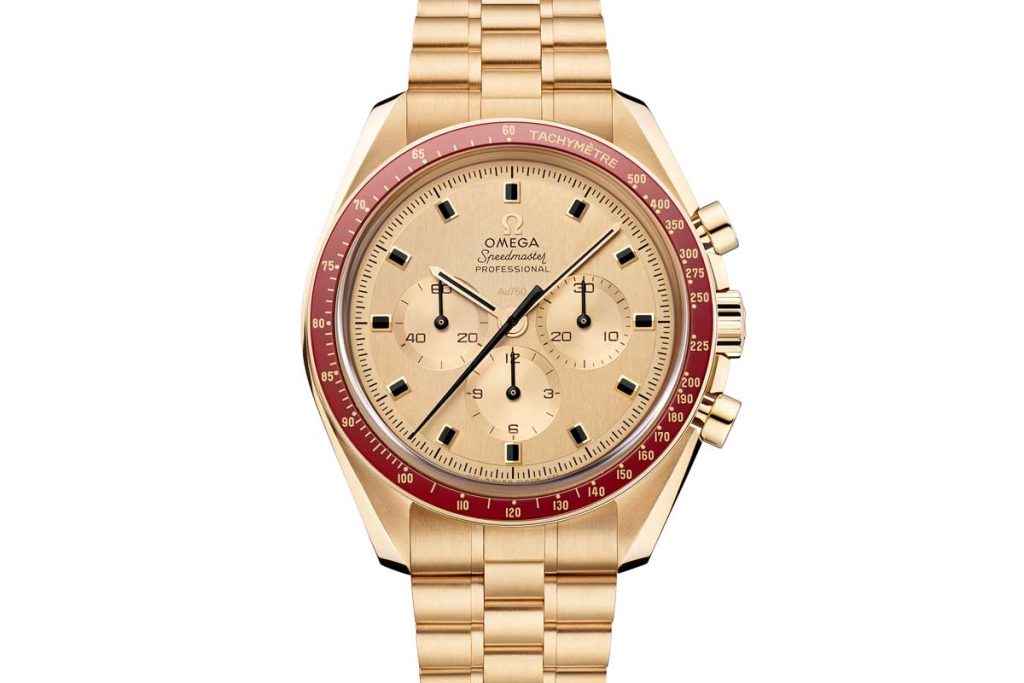
The 2019 Speedmaster Apollo 11 50th Anniversary Limited Edition

The 2019 Speedmaster Apollo 11 50th Anniversary Limited Edition
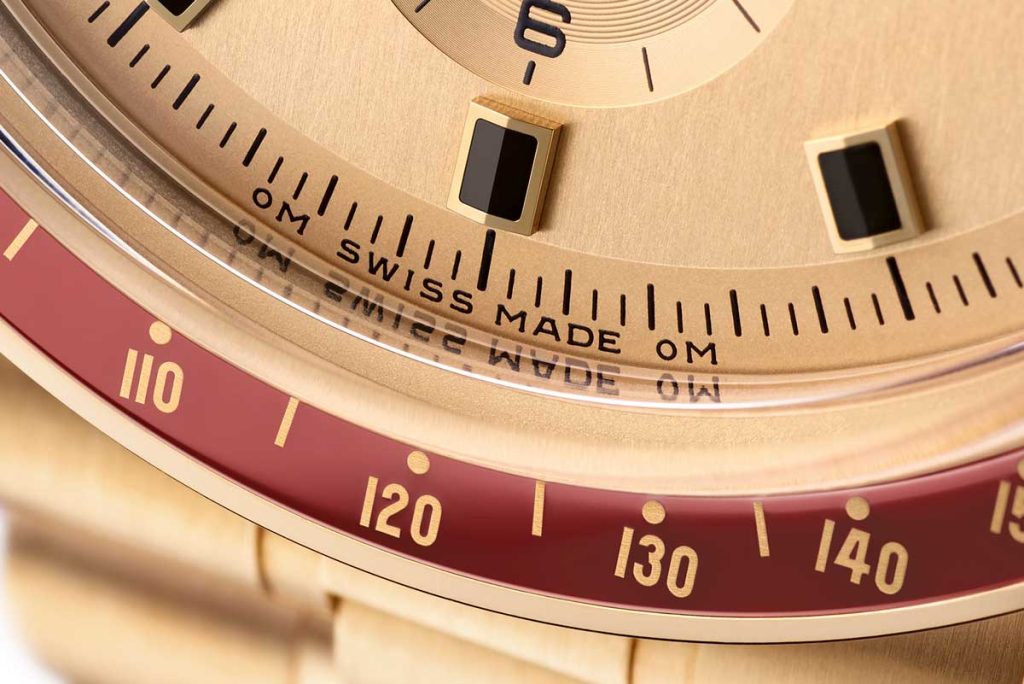
The 2019 Speedmaster Apollo 11 50th Anniversary Limited Edition
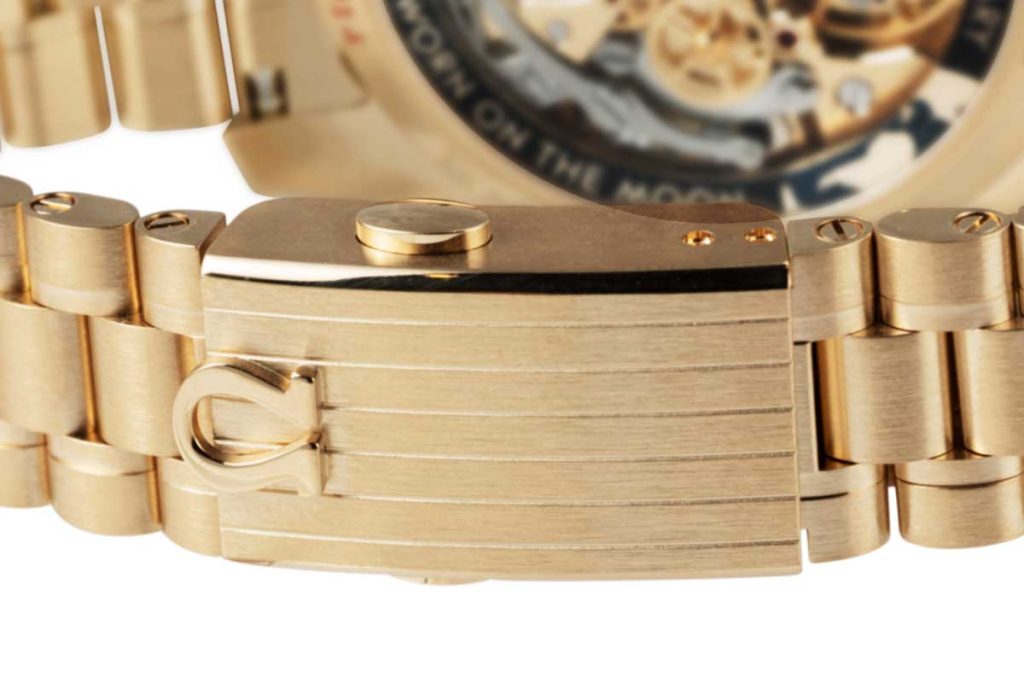
The 2019 Gold Speedmaster made in celebration of the 50th anniversary of the Apollo 11 lunar landing (© Revolution)
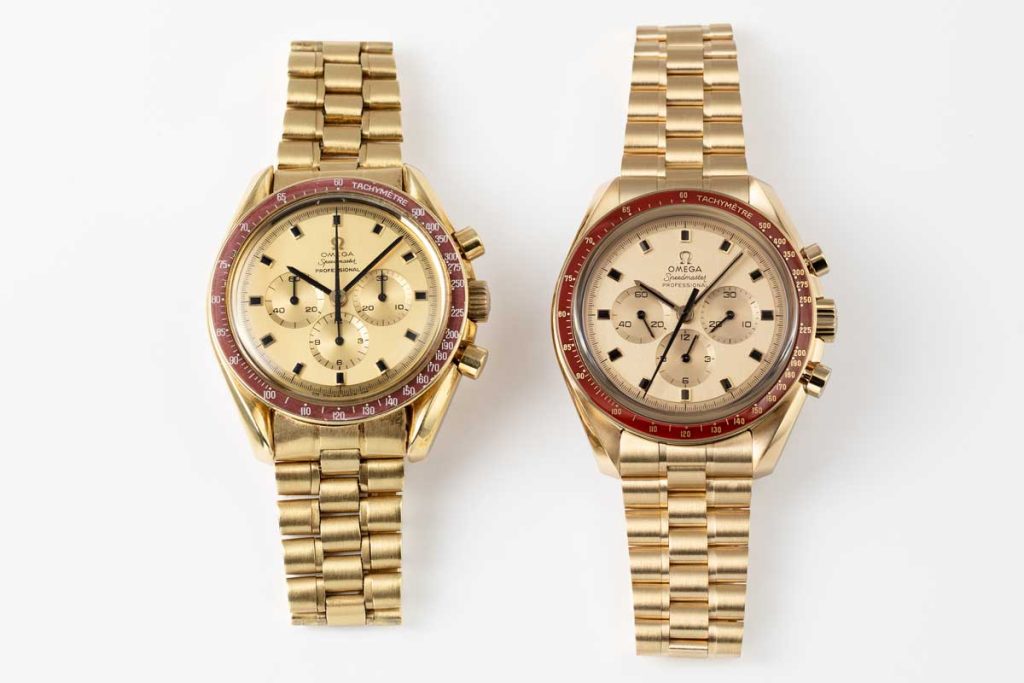
The 1969 BA 145.022 and the 2019 tribute prototype watch side by side (©Revolution)
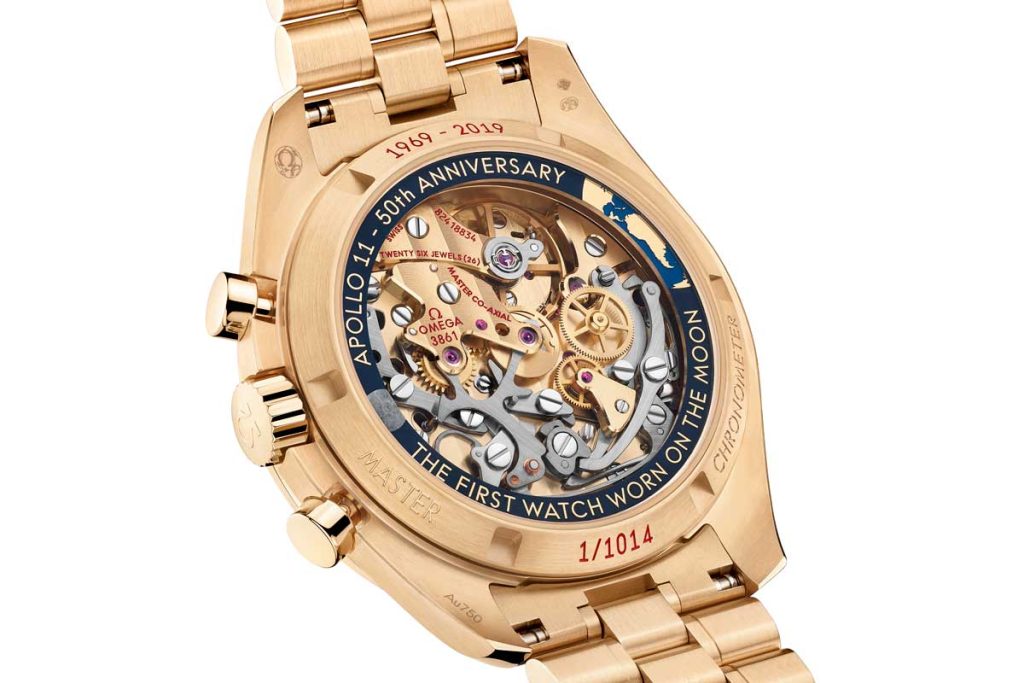
Caseback of the 2019 Gold Speedmaster made in celebration of the 50th anniversary of the Apollo 11 lunar landing
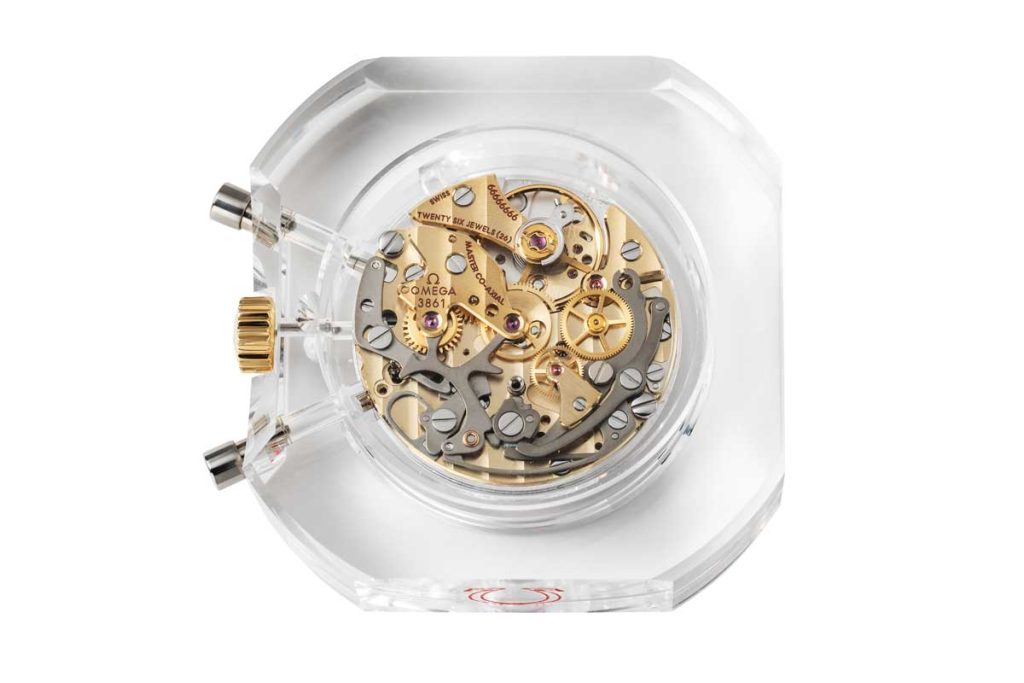
The 2019 Master Chronometer certified Omega Calibre 861 (© Revolution)
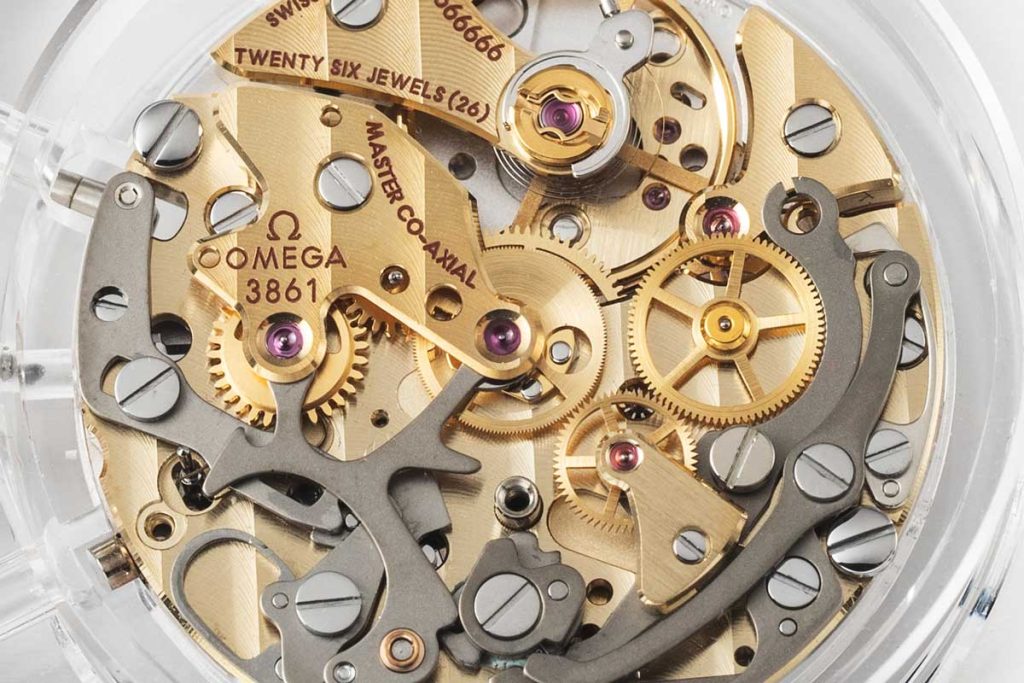
The 2019 Master Chronometer certified Omega Calibre 861 (© Revolution)
What’s most impressive is that the Earth and Moon on the case back are true to proportion! God as they say is in the details and the Holy Father’s presence is in full force here, evidenced by a deployant, which while modern and radically improved, features the exact same decoration as the original.
What I love about this majestic limited edition which will be produced in 1,014 watches, just like the original, is that it is a timepiece created for watch lovers by watch lovers, which is the enduring secret of Omega’s success with Raynald Aeschlimann in the cockpit.


